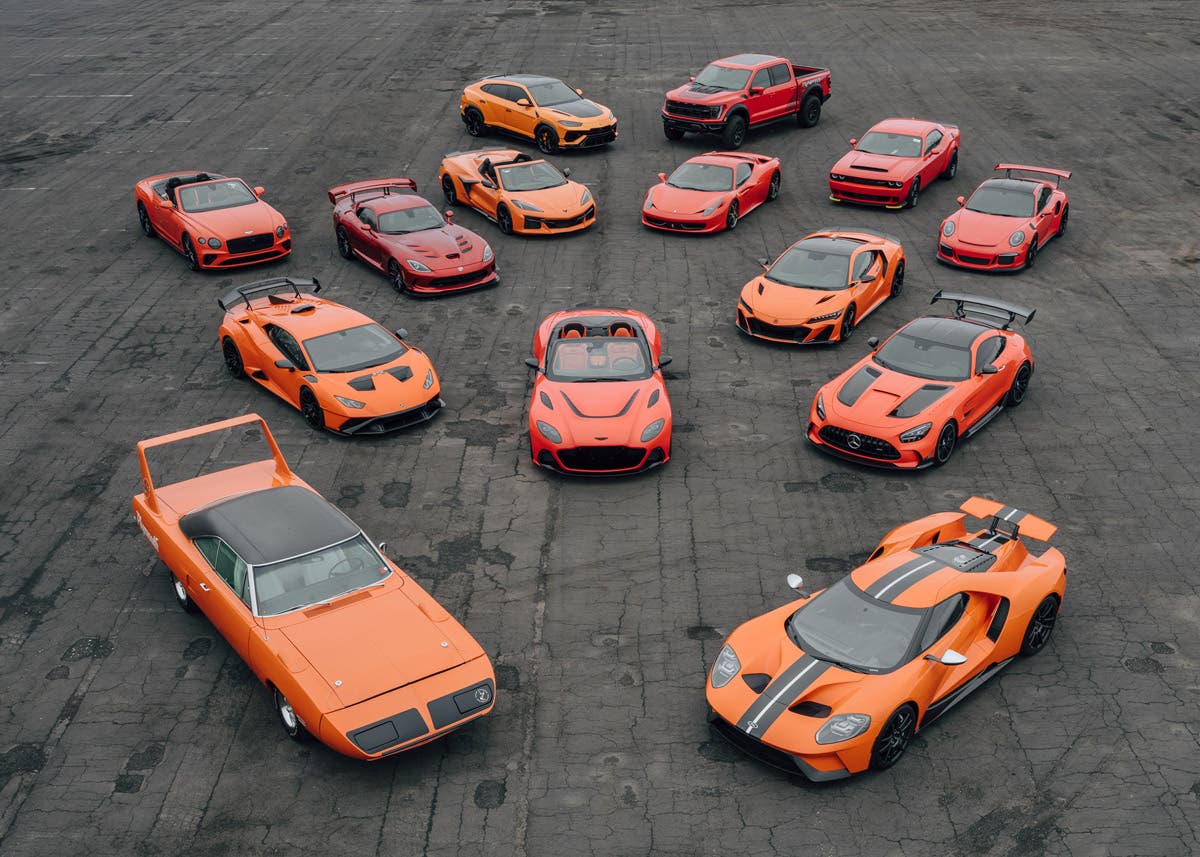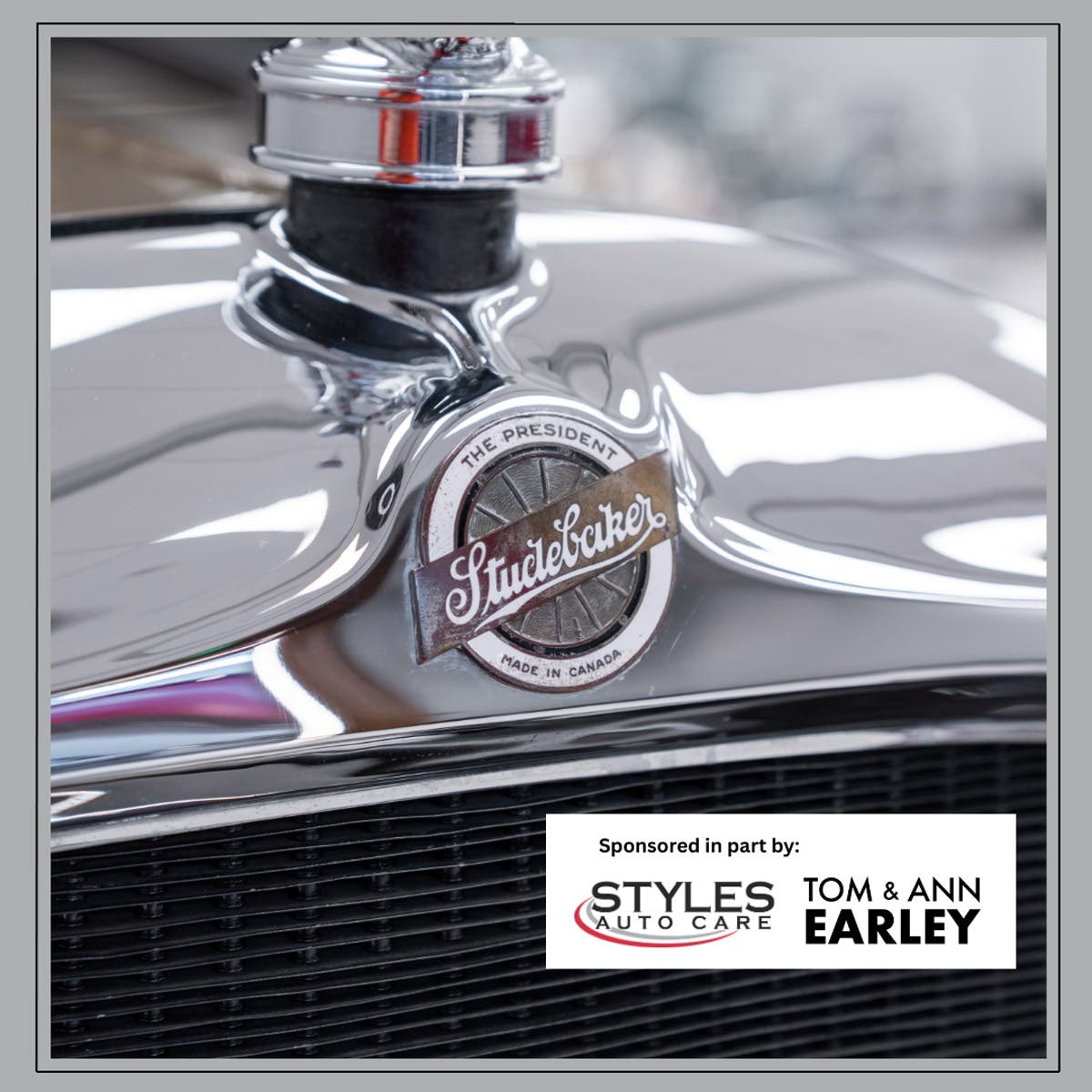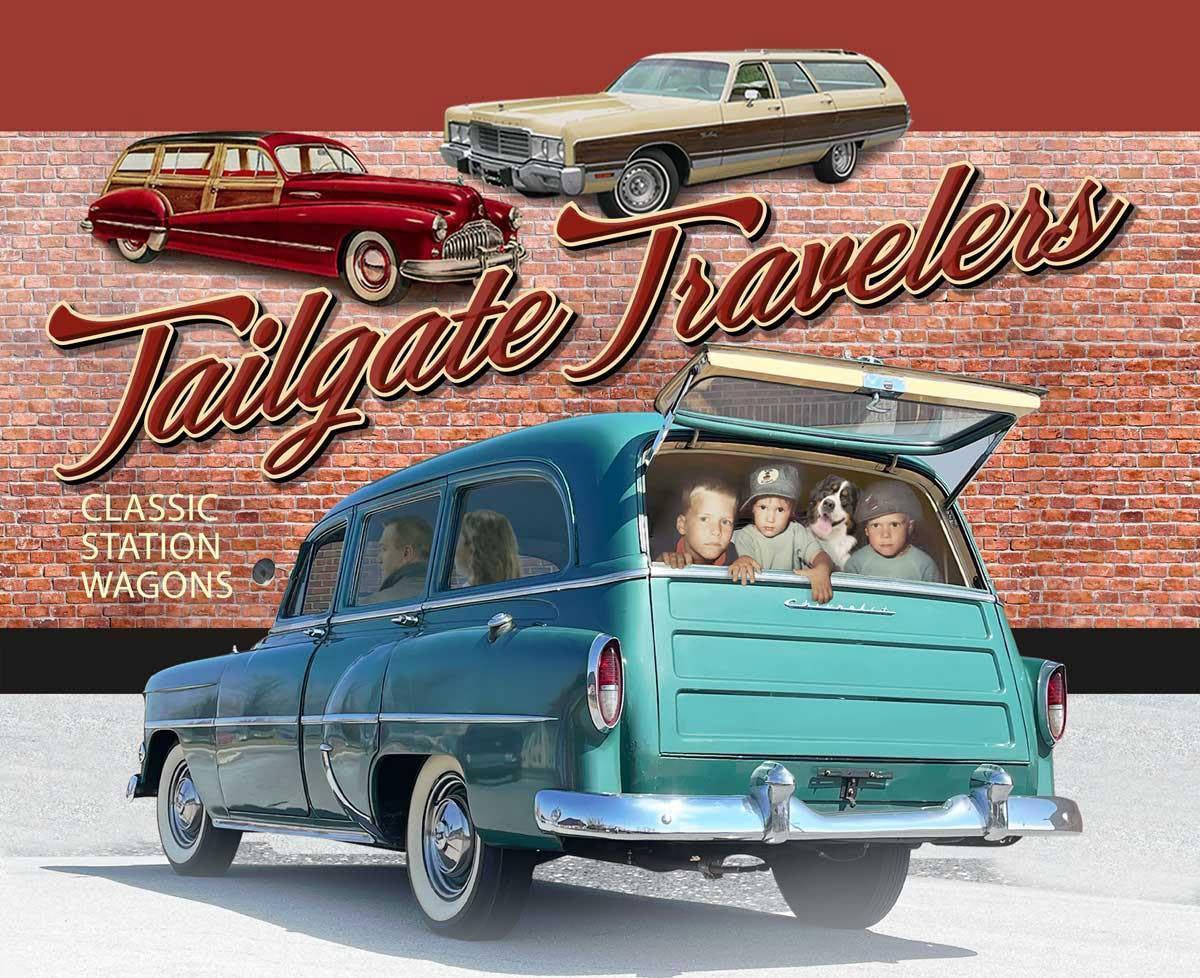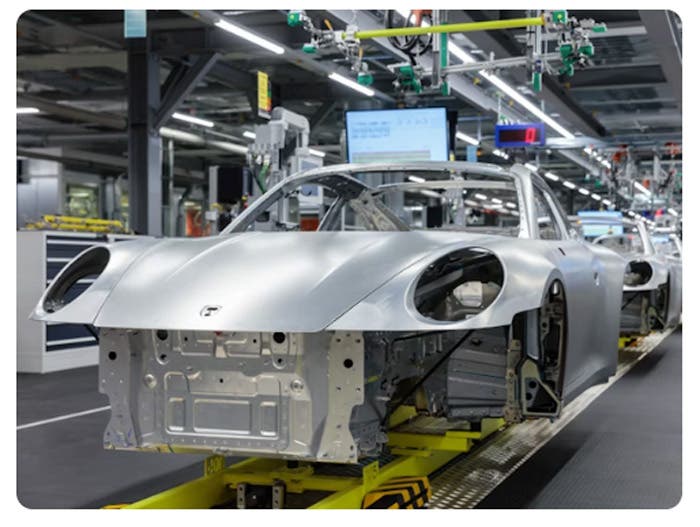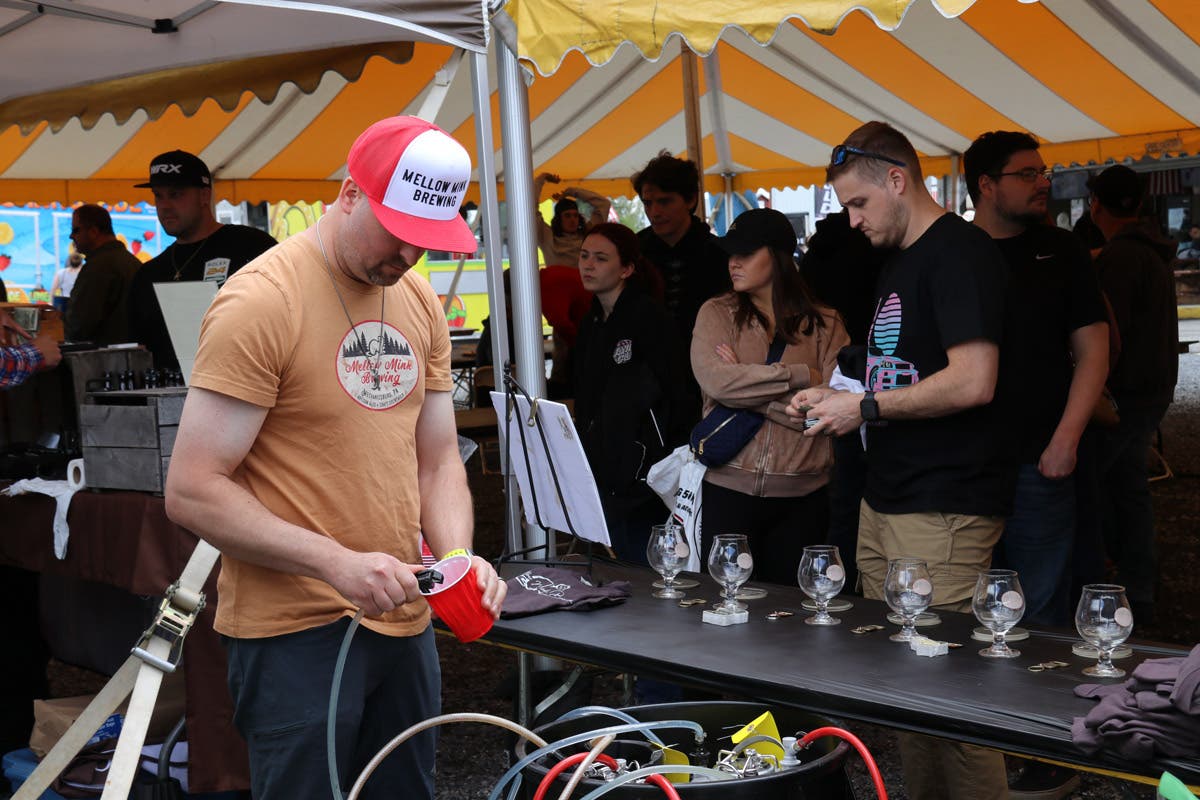Windy City Rewind: The Chicago Auto Show
Remembering the 1961 Chicago Auto Show
By M.J. Frumkin and Phil Hall
Fifty years ago, the 53rd Chicago Auto Show, put on by the Chicago Automobile Trade Association, had a lot more to brag about than the new 1961 cars and trucks that would be on display Feb. 18-26. It was the first show at the new McCormick Place exposition hall, located at 23rd Street and the lakefront, south of the Loop. The show had been at the International Amphitheatre, adjacent to the famed Chicago Stock Yards, since the 1936 show, held in November 1935.
The new facility was ideally suited to the auto show with 300,000 square feet of primary exhibit space (larger than six football fields) and its new Arie Crown Theater, which could seat 5,000 people comfortably.
Named for Col. Robert R. McCormick, publisher of the Chicago Tribune, McCormick Place allowed for larger displays, more space for spectators with wider aisles and a far more modern appearance than previous shows.
One of the early public showings for the 1961 Rambler American Custom convertible
took place at the 1961 Chicago Auto Show. The American was heavily redesigned and
the convertible was the first in the lineup since 1954.
While 1961 would turn out to be a down year for new vehicle sales, the event was not short of industry attractions. The show also reflected industry trends through the expanded number of domestic compacts, sports models with bucket seats, downsized brands, compact vans and a wide variety of models from overseas.
All this and the new home were more than enough to break previous show attendance records. On the opening Saturday, 78,253 people attended, well ahead of 53,600 set in 1957. It was even better on the first Sunday with 131,170 in attendance. When the counting was done on the last day, 789,734 happy customers attended in 1961, shattering the 1958 mark of 518,521.
Ready for show time were 450 new vehicles and a new import salon in the large entrance area.
The West German Amphicar was in an attention-getting display that noted it
was the car that swims…with water beneath the tilted convertible for effect.
For some time, the Chicago Auto Show, which was held just ahead of the spring new-car selling season, had been a treasure trove of newly introduced mid-year models and one-off show cars. The 1961 event was no exception.
Starting with the domestic exhibits, a walk though the show gave a clear view of automotive history 50 years ago.
American Motors was still riding the compact car boom with its redesigned Rambler American, which featured a major face lift of its original 1950 Nash Rambler platform and a new convertible and four-door station wagon model. The convertible was announced at the start of the model year, but production started later and the Chicago show marked the first time many had seen the actual car. The “Westerner,” a show version of the Metropolitan 1500, featured special paint and trim. Metropolitan production in Great Britain ended in 1960, but the car was sold in the United States through the 1962 model year.
Simca of France, owned by Chrysler Corp. at the time, displayed the Fulgur concept
car during the 1961 Chicago show. Atomic power and radar were features proposed on
this futuristic vehicle. Fulgur is Latin for “flash,” and Simca stands for “La Societe
Industrielle de Mechanique et de Carrosserie Automobile.”
Also in the American Motors area was the Mighty Mite military runabout showing off its air-cooled V-4, and the new cast-aluminum six for the renamed Rambler Classic series, which represented American Motors’ midrange line.
Chrysler Corp. showed its fin-less Plymouths, reverse-finned Dodges and massively finned Chryslers and Imperials, the latter incorporating free-standing headlamps. The compact Valiant was now officially a Plymouth and its new Dodge twin, the Lancer, was showing off a mid-year 770 two-door sedan.
Ford Motor Co. calmed the styling of its full-sized Fords and was riding the success of its Falcon compact. It also displayed its all-new Thunderbird, a sports model with smooth, bullet-shaped body panels and more room than its predecessor, the 1958-’60 “Squarebird.” In addition to its new design, the 1961 Thunderbird’s optional Swing-Away steering wheel was an attention getter.
America’s only production four-door convertible, the 1961 Lincoln Continental, was
a star of the stage in the Arie Crown Theater Motorevue, as well in the Lincoln-Mercury
display at the 1961 Chicago Auto Show.
Over at Mercury, there was an attempt to enter the low-priced field with the Meteor 600, which packed Mercury’s first six-cylinder into the full-size body shared with the eight-cylinder Meteor 800 and Monterey. The stretched compact Comet, which still did not wear a Mercury badge, received a larger optional engine with the Falcon.
One of the outstanding cars at the 1961 show was the all-new Lincoln Continental, which had changed drastically from the bulky 1958-’60 Lincolns. With relatively compact dimensions, center-opening doors in both sedan and convertible form and slab-sided bodywork — all of which exuded class — perhaps no car played a bigger a role than the Continental in the death of fins and 1950s styling. With its 1961 model, Lincoln became the only U.S. manufacturer to produce a four-door convertible at that time.
An all-new 1961 Thunderbird was among the attractions at the Ford display. The
convertible was popular with spectators, who tried out its Swing-Away steering
wheel.
General Motors also downsized its lineup of full-sized cars. Widths and wheelbases shrank, most wraparound windshields were gone and, except for Cadillac, fins were history.
Oldsmobile’s display featured the mid-year Starfire convertible — a full-size car with bucket-type seats, a console and no shortage of bright trim, inside or out. This “bucket brigade” of models would expand in the future. Meanwhile, Pontiac displayed its own high-end convertible, although it wasn’t available at dealerships. The company showcased a gold-trimmed Bonneville convertible show car, the Moda d’Oro (Fashion of Gold), at this year’s Chicago Auto Show.
Cadillac reacted to demand for a shorter, more easily parked car with its mid-year Town Sedan, which featured a shortened trunk. This Cadillac model may have also been a reaction to the smaller Continental, but it was met with much less success than the Lincoln model.
Chevy brought the 1959 Stingray racing car that was retired in late 1960. The
fiberglass body was penned by Larry Shinoda and predicted the shape of the
1963-’67 Corvette. Original power came from a fuel-injected 283-cid V-8, but
later the Stingray prototype featured a Mark IV 427-cid V-8.
GM compacts expanded greatly for 1961. Joining the Chevrolet Corvair (a 1960 model) were the Pontiac Tempest, Oldsmobile F-85 and Buick Special senior compacts. The Tempest was the most radical with a standard four-cylinder engine, rope-like driveshaft, rear transmission and independent rear suspension. A display Tempest featured a body that raised to show the driveline, while Oldsmobile displayed a cutaway F-85. New aluminum V-8s powered the F-85 and Special and were optional on the Tempest. Although each was cast of aluminum, the V-8 engines were unique to their respective division. Initially, all GM senior compacts only came in four-door sedan and wagon models.
Chevrolet did add a mid-year Monza 900 four-door sedan to its lineup, which now featured the Lakewood four-door wagon. The company was also busy touting the Corvair Greenbriar compact wagon, its answer to the popular Volkswagen Microbus.
Corvette fans weren’t left out, as both the Stingray show car (a last-minute arrival) and the XP-700 experimental Corvette were featured in the display.
A rather large exhibit was filled by the Checker Motor Co., the popular source of cabs to Chicago’s taxicab community. For 1961, Checker added the Marathon to its Superba line of sedans and wagons. A 1922 taxi named “Ol’ Man River” was also shown to remind spectators how long Checkers had been around.
Centered in the Jaguar area was the new Daimler SP250 sports car with a trio of
Jaguars surrounding it: the 3.8 sedan (left), XK-150 Fixed Head Coupe (right) and
Mark IX sedan (back).
Studebaker-Packard Corp. concentrated on its compact Studebaker Lark lineup, which now featured the Cruiser sedan. The Cruiser had previously been used only in taxi service, and this model did not get the facelift of the rest of the 1961 Lark line. Across the display, Studebaker Hawks showed off their new bucket seats and four-speed transmissions for 1961. This would be the last year Hawks looked similar to 1956 models as a new GT Hawk was around the corner for 1962.
At a time when trucks were mostly used for work applications, the Chicago Auto Show included an impressive lineup of domestic truck displays along one wall. Dodge showed its all-new D-100 models in a farm display that was complete with live animals.
The company’s exhibit also included a Dodge motorhome that housed two young women 24 hours a day through the run of the show.
Meanwhile, Chevrolet’s display was much more static with Corvair 95 truck versions of the Greenbriar, among other models.
Ford took a similar approach with its Econoline compact lineup, in addition to showing its restyled 1961 F-100 and associated offerings.
Willys had lots to show off at the 1961 show. Here a new Fleetvan (left) and Jeep
Maverick Special wagon are ready for spectators. Willys Motors sponsored the
“Maverick” and “Hong Kong” television shows.
Willys saluted television shows it sponsored — “Maverick” and “Hong Kong” — and displayed a Maverick station wagon, which was sold to the public. A prototype of the new Fleetvan was on view, as was the Jeep Surrey, a derivative of the CJ-3.
Hometowner International Harvester had plenty that was new, including the new four-wheel-drive compact Scout and its restyled (and lower) full-sized trucks. Among the restyled International Harvester trucks was the Travelall wagon, which now had four doors.
Studebaker trucks were headlined by the Champ pickup, which featured a shortened Lark cab.
There was no shortage of imports at the show. Contrary to predictions, imports did not go away after the domestic compact cars came to market. Among the nameplates featured were Amphicar, Arnolt-Bristol, Austin, Austin-Healey, Citroën, Daimler, DKW, English Ford, Ferrari, Fiat, Hillman, Humber, Jaguar, Mercedes-Benz, MG, Morris, Opel, Peugeot, Renault, Riley, Rover, Saab, Simca, Singer, Sunbeam, Toyota and Triumph.
From this corner of the Oldsmobile display, both ends of the lineup were represented.
In the foreground is a base F-85 four-door sedan, the lowest- priced model of the new
senior compact. On the turntable is the mid-year Starfire convertible that was being
introduced to top the Olds offerings that season. Bucket-type seats, a console, large
bright spears down the sides and chrome-enhanced interior made the Starfire big news
of the display.
Among the new imports on hand were the Amphicar land and water vehicle. In its display, the company noted it was looking for dealers. A new Daimler SP250 sports car was among the Jaguars, and a DKW Junior small car resided in the Mercedes-Benz confines. Rootes Group had a Sunbeam Alpine sports car among its collection, as well as a couple of Commer vans. Fiat’s Jolly surf buggy got a stand of its own. Chrysler’s Simca brought in the Fulgur (Latin for flash) show car with wings, glass cockpit, radar and alleged atomic power.
If your feet were tired, you could take a break and venture to the adjacent Arie Crown Theater to see the Motorevue of 1961, featuring 23 stars of the American performance car world. Cars driven on stage were accompanied twice a day by a live show featuring the Lou Breese Orchestra and a cast of 50 performers. There was also a small theater near the show floor with automotive promotional movies from a variety of sources that ran non-stop.
McCormick Place was truly a showplace and a natural fit for the Chicago Auto Show. However, it was not a forever home. It burned just before the 1967 event and the show returned to the International Amphitheatre from 1967 through 1970. After that, a series of new McCormick Places provided an even better home for the show and continue to



